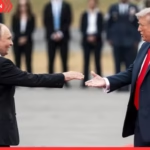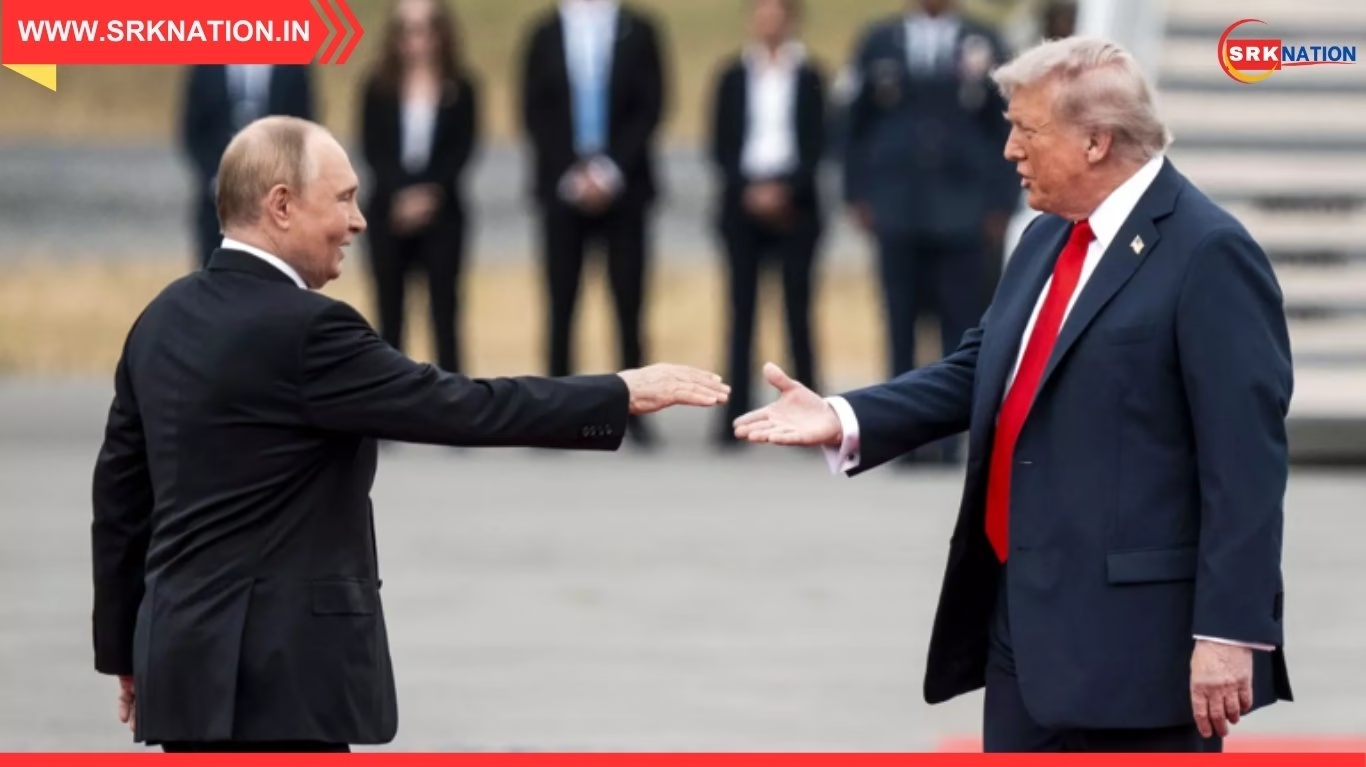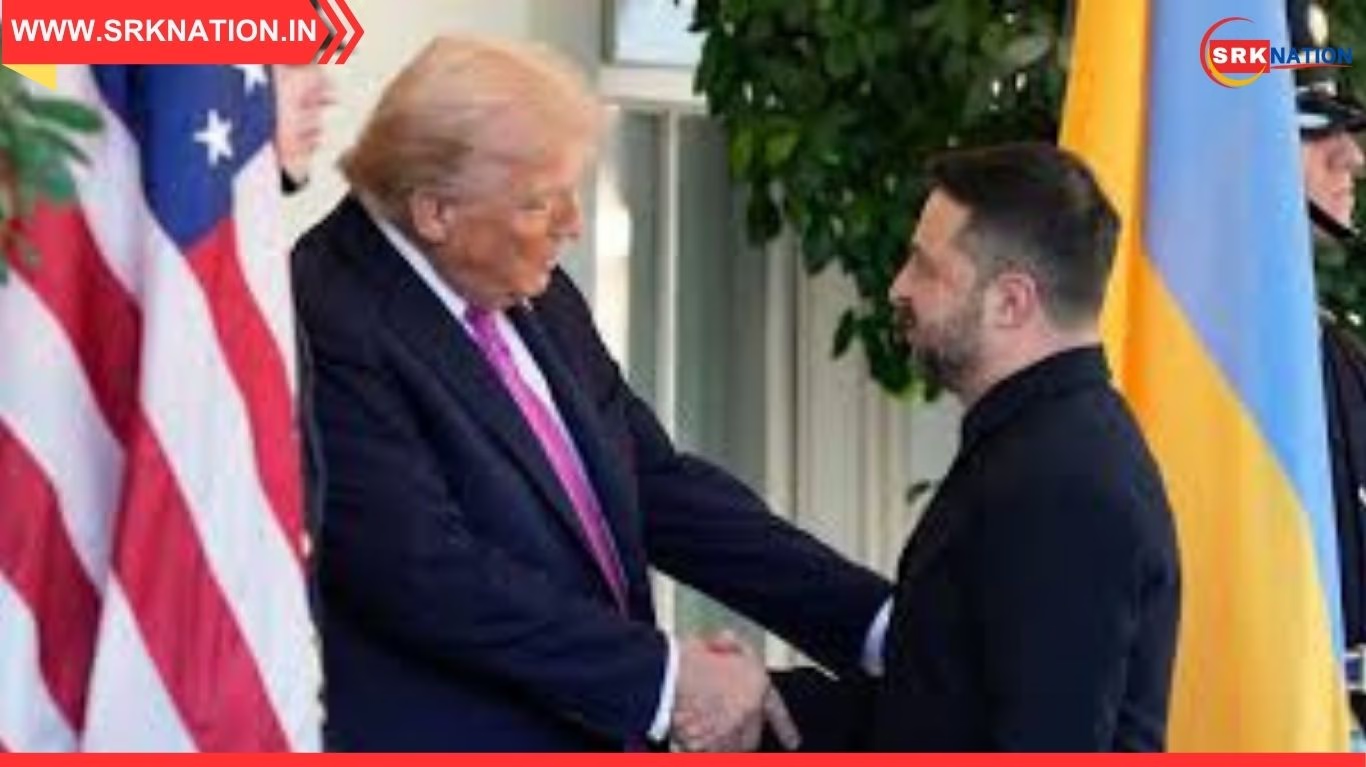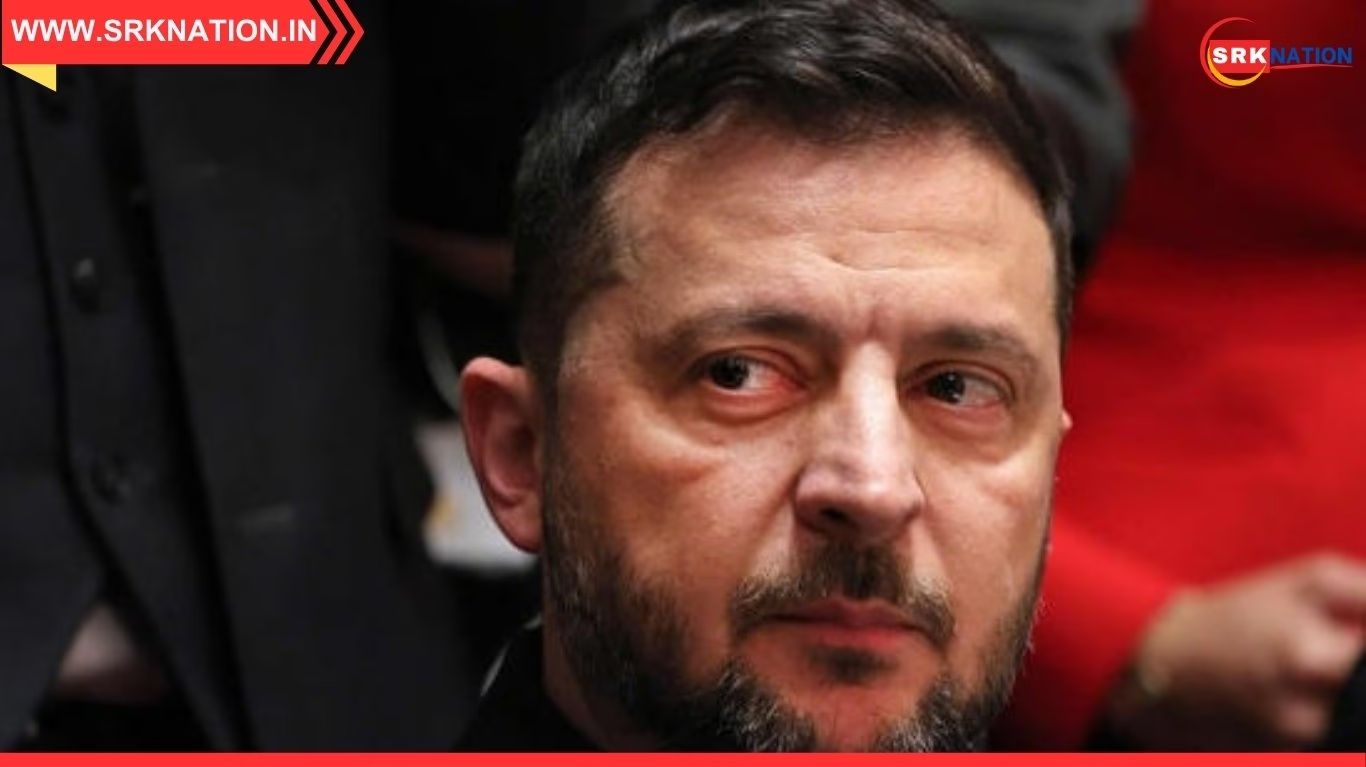In a dramatic escalation of nuclear posturing, Russian President Vladimir Putin announced the successful final test of the Burevestnik nuclear-powered cruise missile, a weapon capable of flying 14,000 kilometers (approximately 8,700 miles) without refueling. The announcement, made on October 26, 2025, is widely interpreted as a stern geopolitical message to U.S. President Donald Trump and NATO allies amid rising tensions over Ukraine and Western military aid.
The Burevestnik, also known by its NATO designation SSC-X-9 Skyfall, is designed to evade all known missile defense systems, loiter outside enemy airspace for extended periods, and strike with precision when defenses are weakest. Putin’s declaration of the missile’s readiness marks a pivotal moment in global strategic deterrence, signaling Russia’s intent to redefine the balance of power.
Putin’s Statement: Strategic Messaging in Camouflage
Appearing in military fatigues at a command post of the Joint Group of Forces, Putin declared, “The decisive tests are now complete. The Burevestnik is a unique weapon, unmatched in range and capability.” He praised the missile’s ability to fly for over 15 hours, covering 14,000 kilometers, and emphasized that this was “not the upper limit.”
| Announcement Element | Details |
|---|---|
| Missile Name | Burevestnik (SSC-X-9 Skyfall) |
| Range | 14,000 km (8,700 miles) |
| Propulsion System | Nuclear-powered |
| Flight Duration | 15+ hours |
| Strategic Message | Directed at U.S. and NATO, especially President Trump |
The timing and tone of the announcement suggest a deliberate effort to assert Russia’s strategic dominance and challenge Western deterrence.
Burevestnik Missile: Technical Overview
The Burevestnik is not a conventional cruise missile. Its nuclear propulsion allows it to fly indefinitely, maneuver unpredictably, and remain airborne for hours or even days.
| Feature | Specification |
|---|---|
| Propulsion | Nuclear-powered ramjet |
| Speed | Subsonic with variable maneuverability |
| Radar Signature | Low, terrain-hugging flight path |
| Payload | Nuclear warhead |
| Defense Evasion Capability | High – can zigzag, loiter, and re-route |
Military analysts describe it as a “missile that never stops,” capable of circling outside enemy airspace until the optimal moment to strike.
Strategic Implications: Message to Trump and NATO
Putin’s announcement is widely seen as a direct message to President Donald Trump, who recently reaffirmed U.S. support for Ukraine and authorized long-range missile deliveries to Kyiv. Russia has warned against Western strikes deep inside its territory, and the Burevestnik test appears to be a counter-signal.
| Strategic Target | Implication |
|---|---|
| United States | Demonstrates reach and deterrence |
| NATO Allies | Challenges missile defense systems |
| Ukraine Conflict | Escalates nuclear rhetoric |
| Global Arms Race | Sparks renewed focus on strategic weapons |
The Kremlin’s messaging underscores its resistance to Western pressure and its intent to maintain strategic parity.
Historical Context: Russia’s Nuclear Doctrine
Russia’s nuclear doctrine has evolved to include “escalate to de-escalate” strategies, where limited nuclear use is considered to deter conventional threats. The Burevestnik fits into this framework as a second-strike or retaliatory weapon.
| Doctrine Element | Role of Burevestnik |
|---|---|
| Strategic Deterrence | Long-range retaliation |
| Tactical Flexibility | Unpredictable flight paths |
| Survivability | Evades early detection and interception |
| Psychological Impact | Instills uncertainty in adversaries |
The missile’s development began in 2018 and has undergone multiple tests, with this latest trial marking its operational readiness.
Global Reaction and Defense Community Response
The announcement has triggered alarm across Western defense ministries. Experts warn that the Burevestnik could render existing missile defense systems obsolete.
| Stakeholder Group | Reaction Summary |
|---|---|
| U.S. Pentagon | Monitoring developments, no official comment |
| NATO Command | Urged member states to review deterrence posture |
| European Analysts | Called for renewed arms control dialogue |
| Russian Media | Celebrated technological breakthrough |
The test is expected to influence upcoming arms control negotiations and strategic planning.
Comparison with U.S. and Chinese Missile Capabilities
While the U.S. and China possess advanced missile systems, none currently match the Burevestnik’s combination of range, endurance, and defense evasion.
| Country | Comparable Missile | Range (km) | Propulsion | Defense Evasion |
|---|---|---|---|---|
| Russia | Burevestnik | 14,000 | Nuclear-powered | High |
| United States | AGM-86B ALCM | 2,400 | Conventional | Moderate |
| China | CJ-100 | 3,000 | Conventional | Moderate |
The Burevestnik’s nuclear propulsion sets it apart, though it also raises environmental and safety concerns.
Environmental and Ethical Concerns
The use of nuclear propulsion in cruise missiles introduces risks of radioactive contamination in case of failure or crash. Environmental groups and arms control advocates have raised concerns.
| Concern Area | Risk Level | Mitigation Status |
|---|---|---|
| Radioactive Fallout | High | Unknown |
| Test Site Contamination | Moderate | Not disclosed |
| International Treaties | Potential violation | Under review |
Russia has not disclosed the location of the test or the safety protocols employed.
Arms Control and Treaty Implications
The Burevestnik test may violate the spirit, if not the letter, of existing arms control agreements such as the New START treaty. The missile’s unique capabilities challenge traditional definitions of strategic weapons.
| Treaty Name | Relevance to Burevestnik |
|---|---|
| New START | May not cover nuclear-powered cruise missiles |
| INF Treaty (defunct) | Would have prohibited such weapons |
| CTBT | No direct violation, but raises concerns |
Experts call for updated frameworks to address emerging technologies.
Future Outlook: Escalation or Diplomacy?
The test of the Burevestnik missile marks a turning point in strategic deterrence. Whether it leads to escalation or renewed diplomacy depends on the responses from Washington, Brussels, and Beijing.
| Scenario | Likely Outcome |
|---|---|
| Strategic Escalation | Increased arms race, new missile deployments |
| Diplomatic Engagement | Arms control talks, transparency measures |
| Technological Race | Investment in countermeasures and AI defense |
| Public Pressure | Calls for nuclear restraint and oversight |
The coming weeks will be critical in shaping the global response.
Conclusion
President Vladimir Putin’s announcement of the successful test of the Burevestnik nuclear-powered cruise missile sends a clear and calculated message to the United States and its allies. With a range of 8,700 miles and the ability to evade all known defenses, the missile represents a new chapter in strategic deterrence and global military dynamics. As tensions rise and the world watches, the test underscores the urgent need for renewed dialogue, updated treaties, and responsible leadership in the nuclear age.
Disclaimer: This article is based on publicly available news reports and official statements. It does not constitute military or policy advice. All views expressed are for informational purposes only.











